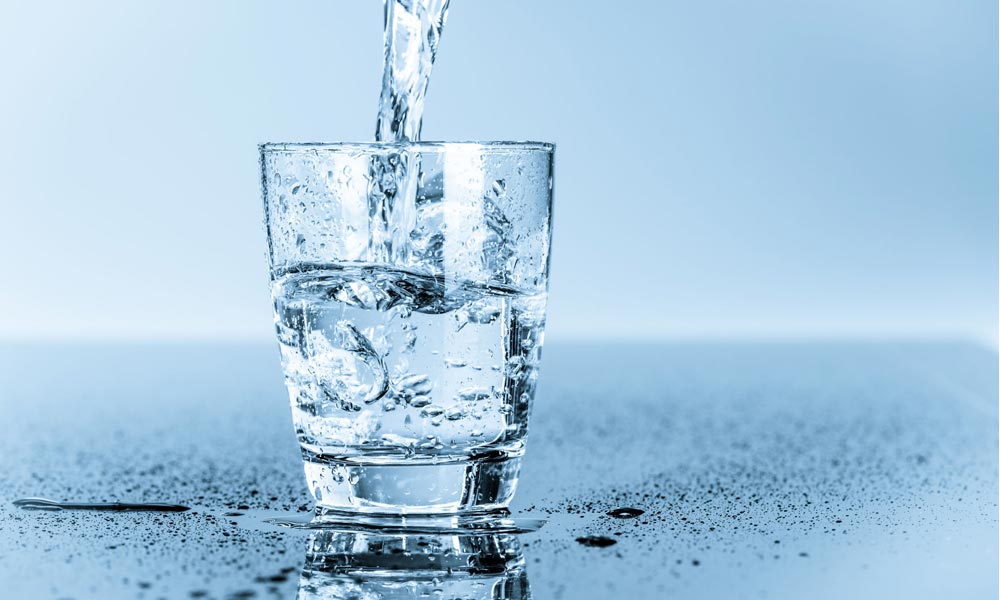Introduction –
One of the things that you should know is that testing the water quality is very important. It is needed for an ecologically well-managed pond management plan that is precise at every site. In the manner in which no two human bodies are same, similarly no two water bodies are same. Also, another thing that you ought to know is that two distinct sorts of ponds in the street can have huge differences in chemical and physical characteristics, even if they are separated by only a few feet. Just like the tests which are performed in the office of the doctor, so in a similar manner water management professionals can use water quality parameter to help understand the health of waterbody and identify what every specific water body may require. In a water analysis, they require aeration system installation, nutrient remediation applications to aquatic weed and algae prescriptions, and so on.
Management Plan for Ponds and Lakes
There are several factors like the water alkalinity, oxygen (DO), pH, nutrient levels, conductivity levels, bacteria count, and secchi depth, all of which play a pivotal role in developing a site-specific management plan based on the collected data and not just on instincts. One of the most important parts of the complex and dynamic ecosystem are the lakes and ponds, which are in a state of constant change. There are certain parameters like conductivity and alkalinity which can balance relatively fine values overtime. Whereas pH and DO typically change throughout the day, they do so continuously from season to season. Then, some factors like nutrient load and secchi depths mostly change with main physical events. For instance, a rainstorm can introduce a huge number of rich sediments containing nutrients, which can cause both parameters to go up.
Testing the Quality of Water
While there can also be a dry spell that can permit the sediment to relax out which causes the parameter values to enhance. It is also pivotal to frequently have the quality of the water tested in order to maintain an ecologically balanced approach for any site-specific pond management plan developed in robust ecosystems. Next is water quality sampling. The water quality testing and sampling permits the analysts, managers, or owners to create baseline values, which finally increases the understanding and knowledge surrounding the precise issues of a waterbody. Then, parameters like conductivity and alkalinity are similar to the annual physical that every pond or lake is recommended to have. Apart from that, the values will seldom change over time, very much like the weight and height of an adult human.
What Influences Water Quality?
It is commonly developed on the chemistry of source of the water for that precise pond or lake. If there are major swings in the parameter, values can indicate that something is not balanced, leading to an unhealthy pond or lake. Both the common factors can alter, if the health of the pond or lake is suffering, then a good water analysis followed by a treatment will be more efficacious. Distinct aquatic products that are applied at different rates will or may not work in the same way under varying water conditions. Water analysis results can offer into-the-moment values and help in finding out the best action required for a precise waterbody healing, whether the treatment that is required is of the aeration system installation or medication or any other.
Survival of Fishes in Water & Need for Analysis –
The amount of dissolved oxygen in the water helps identify what species of fish, if any, can survive in it. DO in the water is influenced by the water temperature as well as the amount of organic matter present. If there is a lack of, DO it can lead to causes like fish dying, especially in the summer months when the temperature of the water is high. Besides all of that, the pH can also affect what fish species are there, including the efficacy of some algaecides and herbicides.


